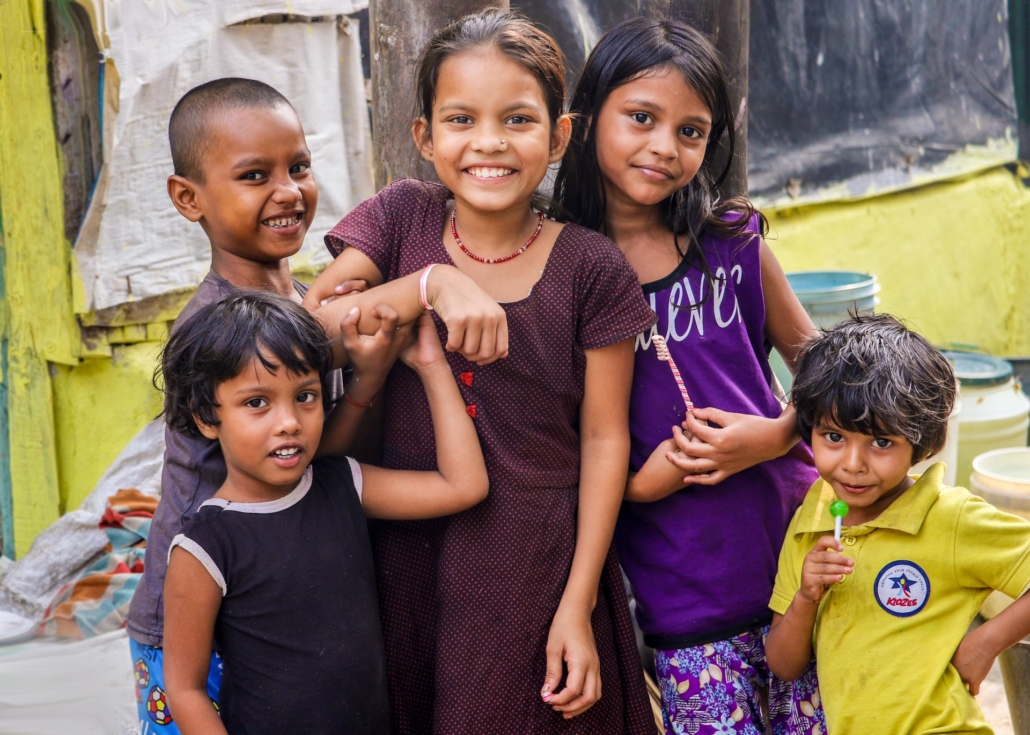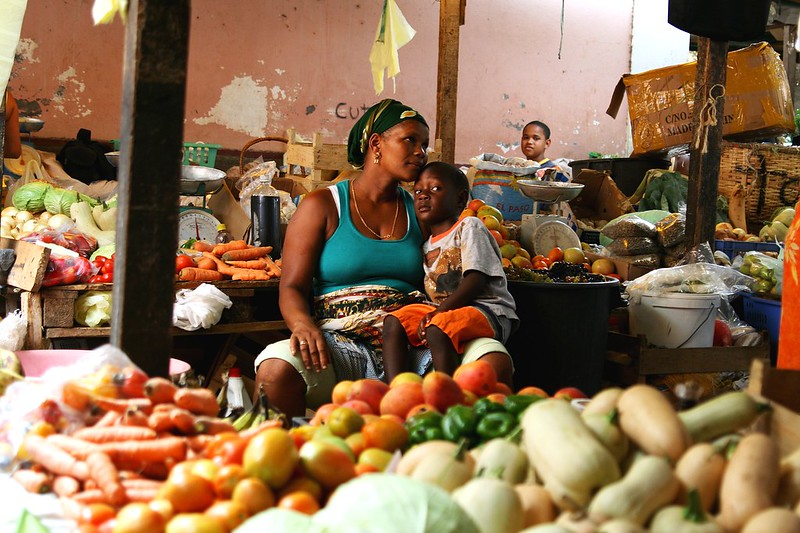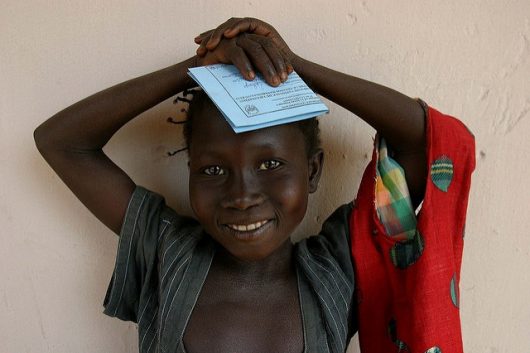 Awareness around mental health is increasing globally, not least as depression ranks third in the global burden of disease, with predictions that it will take the lead in 2030. However, in some parts of the world, poverty rates can be two times higher among those with mental health disorders than among those without disabilities. It is crucial to realize the strong relationship between mental health and poverty in order to better tackle both problems. Here are 10 facts about the link between mental health and poverty that everyone should know.
Awareness around mental health is increasing globally, not least as depression ranks third in the global burden of disease, with predictions that it will take the lead in 2030. However, in some parts of the world, poverty rates can be two times higher among those with mental health disorders than among those without disabilities. It is crucial to realize the strong relationship between mental health and poverty in order to better tackle both problems. Here are 10 facts about the link between mental health and poverty that everyone should know.
10 Facts About the Link Between Mental Health and Poverty
- Poverty can cause poor mental health. Poverty can increase the likelihood of mental health diseases and therefore is a causal factor. An example of this in action is that higher stress levels due to poverty-related issues can trigger depression.
- Poverty can be a consequence of poor mental health. One of the main factors includes an inhibited ability to work leading to unemployment through reduced productivity. Meanwhile, another factor is poor mental health because those afflicted may experience increased health expenditure leading to a lower socioeconomic standing.
- Mental health disorders are more prevalent in low- and middle-income countries (LMICs). More than 13% of the world’s burden of disease comes from mental disorders such as depression, anxiety and schizophrenia. From this, nearly three-quarters of this burden exists in LMICs. Yet, in places such as Ghana and Ethiopia, fewer than 10% of those suffering from a mental health condition receive treatment. Overall, in Africa, government expenditure on mental health is only $0.10 per capita.
- Growing up in poverty at home seriously impacts cognitive development. Scientific studies have inextricably linked mental health and poverty, showing that experiencing childhood in circumstances of poverty has damaging effects on mental development. Growing up in a stressful environment like poverty can lead to the body producing short-term coping strategies which can lead to long-term health issues such as increased susceptibility to certain cancers. Researchers have also scientifically proven that childhood poverty leads to diminished cognitive performance, as children raised in these environments consistently show lower cognitive performances, especially in language functions and abilities such as memory, planning and decision-making. This continues a vicious cycle of generational poverty.
- Stressful life events have a close association with poor mental health and worsening poverty. These events might include violence and crime. Discrimination also acts as a barrier to opportunities and causes poorer mental health as well as a decreased ability to perform. In South Africa, a history of violence, exclusion and racial discrimination have strong links to their high statistics of mental disorders, with 16.5% of the population reporting suffering at least one in 2007.
- The preoccupation with scarcity in poverty leads to lower cognitive capacity. When someone is occupied mentally with issues of scarcity, such as money or where their next meal is coming from, this uses up a lot of mental capacity. A study occurred in India proving the effects of scarcity on mental power and performance. Researchers tested more than 460 sugarcane farmers’ cognitive function before their annual harvest, when the farmers were poorer, and after. The results showed a decreased mental capacity of 10 IQ points pre-harvest, the equivalent to a whole night’s sleep. This proves that scarcity due to poverty heavily affects mental capacity and can leave little energy to dedicate to work which can lead to poor performance and unemployment. Equally, if someone is already unemployed, it means little mental capacity remains for seeking ways out of poverty, such as pursuing job training or further education.
- The stigma around those living in poverty provokes poorer mental health in this population and continued poverty. Many in the world have the perception that people in poverty are lazy. This stigma decreases the general population’s willingness to help those in poverty. It also affects the latter’s view of themselves as it significantly impacts people’s mental well-being through exclusion, isolation, feelings of helplessness and lower confidence. This can further decrease educational and professional attainment where it may already be lower due to impacted childhood development and decreased mental capacity.
- The economic burden of poor mental health is vast. Although mental health is categorically not an economic problem, it does heavily impact the global economy to a shocking extent. Globally, the cost of lost productivity due to depression and anxiety disorders is $1.5 trillion a year. This equates to 4.7 billion days of lost productivity. As well as this decreasing amount of money for the economy, a higher rate of mental health problems requires increasingly more health expenditure, further lessening the economic power of a country.
- Poor mental health poses serious problems for LMICs’ development. As well as inhibiting economic productivity, poor mental health also weakens immunity. Therefore, sufferers are more likely to become infected with HIV and malaria treatments are less effective, posing significant problems for national and global health goals. Yet, a decent investment in mental health programs and treatment brings back significant gains. A study in Ghana showed that for every dollar invested in depression and anxiety treatment over a 10-year period, society would respectively receive $7.40 and $4.90. Meanwhile, a lack of investment makes development goals much harder, if not impossible, to achieve.
Concluding Thoughts
The link between mental health and poverty is clear, and therefore the creation of dual poverty-alleviation and mental health programs will lead to increased health and economic prosperity for all.
– Hope Browne
Photo: Unsplash

 The G20 is a
The G20 is a  In the wake of COVID-19, economies across the world have been hit hard. Countries alike have seen decreases across all economic sectors as quarantine and stay-at-home orders were mandated in an effort to slow the spread of the virus. People transitioned to working remotely, while millions of others lost their jobs entirely due to market crashes. In an effort to cushion the economic travesty that the pandemic has bought, Microsoft is launching
In the wake of COVID-19, economies across the world have been hit hard. Countries alike have seen decreases across all economic sectors as quarantine and stay-at-home orders were mandated in an effort to slow the spread of the virus. People transitioned to working remotely, while millions of others lost their jobs entirely due to market crashes. In an effort to cushion the economic travesty that the pandemic has bought, Microsoft is launching  The European Union (EU), comprised of its 27 member states, is the biggest economy in the world. As such, the EU is the biggest exporter and importer of goods and services provided by third parties (non-union members). On the other end of the spectrum, the world’s Least Developed Countries (LDCs) account for only
The European Union (EU), comprised of its 27 member states, is the biggest economy in the world. As such, the EU is the biggest exporter and importer of goods and services provided by third parties (non-union members). On the other end of the spectrum, the world’s Least Developed Countries (LDCs) account for only 
 Workplace
Workplace 
 On July 15, leaders from all over the world will gather at a global financing conference in Addis Ababa,
On July 15, leaders from all over the world will gather at a global financing conference in Addis Ababa, 
 Millions of people travel around the world every day, whether for work, vacation, personal leisure or to visit family and friends. In less than a day, you can fly to any corner of the world you please; you can go to sleep on a flight leaving from the U.S. and wake up in Europe or Asia. Advancements in international travel have shrunk the world, making once inaccessible regions open to tourists from all over the globe.
Millions of people travel around the world every day, whether for work, vacation, personal leisure or to visit family and friends. In less than a day, you can fly to any corner of the world you please; you can go to sleep on a flight leaving from the U.S. and wake up in Europe or Asia. Advancements in international travel have shrunk the world, making once inaccessible regions open to tourists from all over the globe.